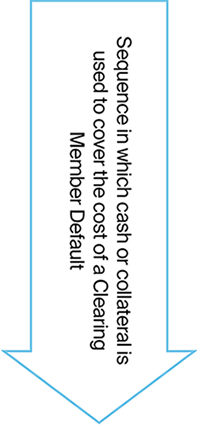Market participants and members should not rely on the below ICE Risk Model risk arrays as indications of future margin levels.
Users of the ICE Clear Netherlands margining software, ICE Risk Model, are advised to use the CSV format of these files as this ensures the greatest degree of compatibility with both existing and future versions of the software. Note that the SP6 format is not supported by this software.
For more information about ICE Risk Model formats, please refer to the technical documentation available on ICE Community - ICE Risk Model Array File Formats.

